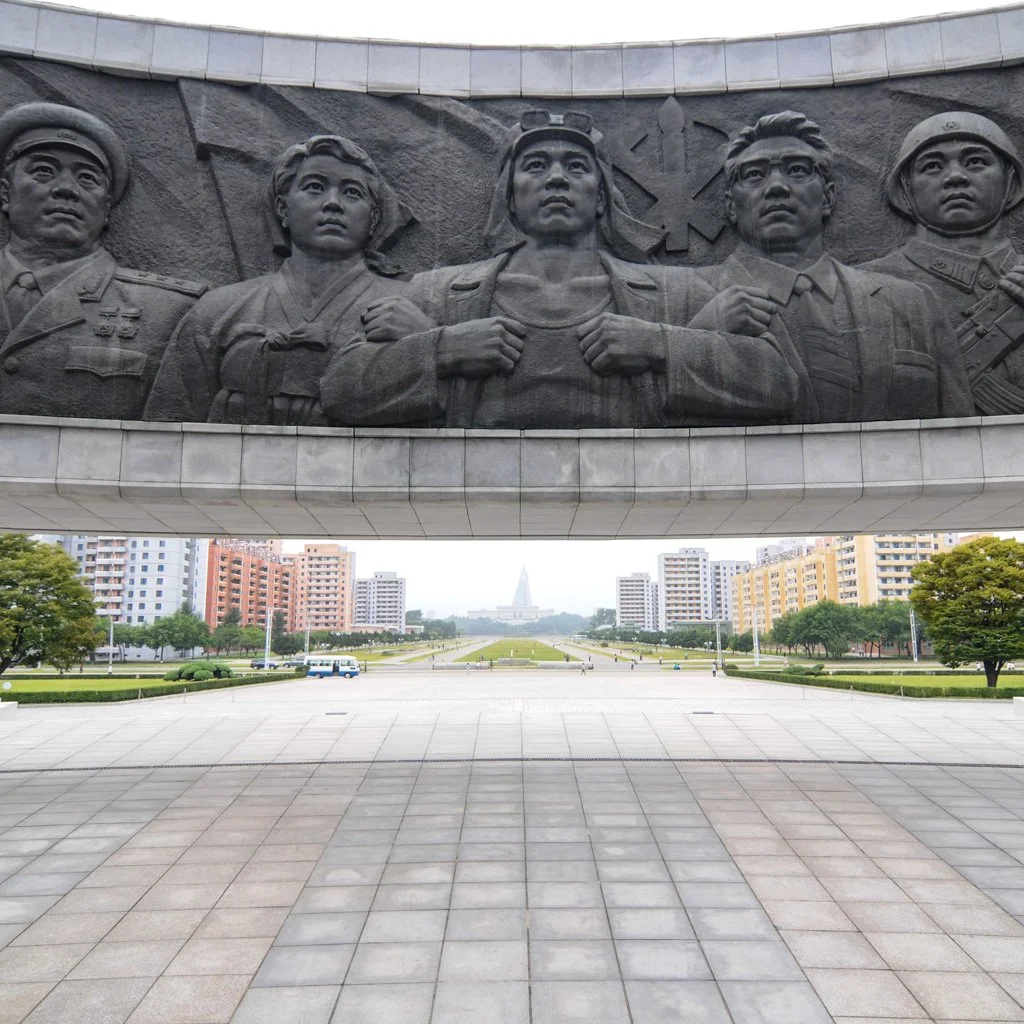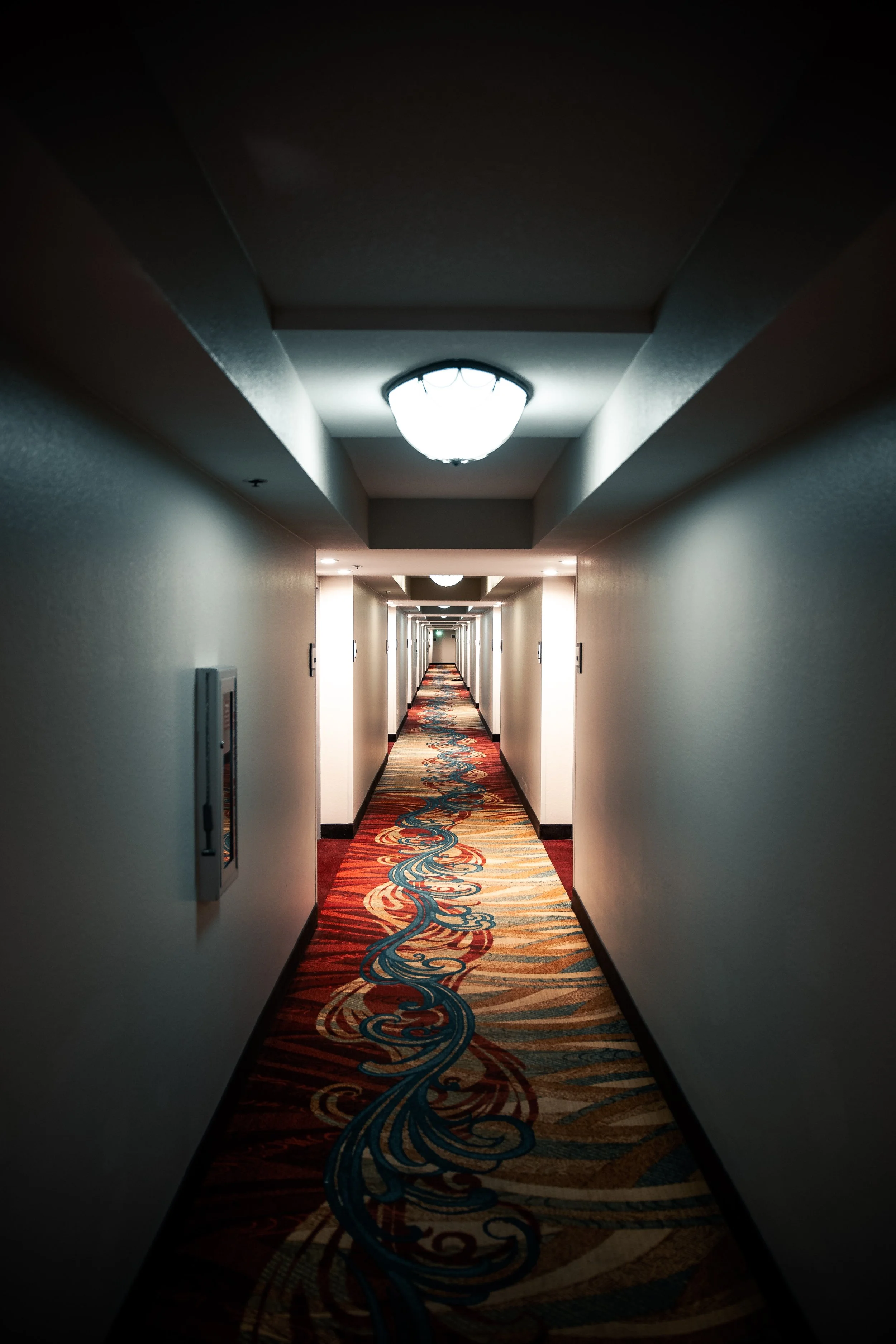By Michael Madden
On 26 October 2012, the DPRK and China staged three ceremonial events in the Rason. A ceremony was held to lay the foundation for the construction of the administrative office building for the Sino-DPRK Economic Trade Zone [ETZ] Management Committee. The ceremony included a symbolic ground-breaking, a speaking program, the placement of a foundation monument and announcement of the DPRK and Chinese managers who will work in the committee’s office. According to KCNA, Vice Chairman of the Rason City People’s Committee Hwang Chol Nam said that “ground-breaking ceremony is another progress in developing and activating the Zone.” Vice Governor of the Jilin Provincial People’s Government “stressed the need to concentrate efforts on accelerating the progress of major cooperation projects on the principles of government guidance, priority to enterprises, marketing rule, reciprocity and co-prosperity, developing the combined land and maritime transport route and building and perfecting basic establishments on a phased basis.”
A ceremony was also held the same day to dedicate commemorative tablet at the Sino-DPRK ETZ Management Committee’s temporary office building. KCNA reported that the tablet’s engraving "Rason Economic and Trade Zone Management Committee Jointly Developed and Operated by DPRK and China." The most significant Rason-related event on 26 October was the formal opening of the Wonjong-Rajin Port Road to vehicular traffic. Ground was broken on the highway project in June 2011 and its completion was the subject of discussion between Jang Song Taek and Chinese interlocutors during Mr. Jang’s visit to the PRC in August 2012. According to KCNA Hwang Chol Nam said, “the road helps increase the cargo traffic and transport of freight from northeastern China to Rajin Port and promote the development of economic relations between the two regions, including tourism.”
Attending the ceremonies from the DPRK were Chairman of the Rason City People’s Committee Jo Jong Ho, Vice Chairman of the Rason City People’s Committee Hwang Chol Nam and other officials from Rason’s party apparatus and municipal government. Attending from China were Vice Governor of the Jilin Provincial People’s Government Chen Weigen, Secretary of the Yanbian Korean Autonomous Prefecture Central People’s Committee Zhang Anshun and PRC Counsel General in Ch’o’ngjin Tian Baozhen. Also attending the ceremonies were DPRK and Chinese managers and employees of the Sino-DPRK ETZ Management Committee.
Amid the conviviality of these ceremonies, Rason realized a substantial achievement on 26 October. Chinese state radio reported that a plan by the State Grid Corporation of China to provide Rason (and hence, the DPRK) with electricity was endorsed by a panel of experts of the Beijing Economic Research Institute. SGCC’s project is nearly three-years old and the experts’ findings in the feasibility study put the project in its “activation phase” and would mark the first time that SGCC provided electricity to a foreign country.
The project involves the construction of a 97.8 km (about 61 miles) 66 kilovolt transmission line from Hunchun to Rason and a 66-kilovolt transformer substation in Rason. Currently, transformers and transmission lines in Rason are relatively antiquated, demand has increased 40% since 2007 and electricity is reliably available for only six hours per day.
On 25 October Rason officials took members of the Japanese media on a tour of the city. Japanese journalists toured Rajin Port, the Empire Hotel and aseafood’ processing facility. Jon Tong Chol, director of the Rason City People’s Committee’s External Affairs Bureau, told Kyodo News Agency that Rason is “about to be in full swing” and that “construction of infrastructure such as harbor facilities is in the final phase.”
Michael Madden is the editor of NKleadershipwatch. He can be reached at nkleadershipwatch@gmail.com.
(Translations of Key Articles Below.)
Naso'n Economic and Trade Zone
Choso'n Sinbo in Korean, October 24, 2012
Naso'n Economic and Trade Zone
The Naso'n Economic and Trade Zone is a special economic zone in the DPRK with preferential policies offered in economic areas. In that zone, industrial districts based on cutting-edge technology industries, international logistics, equipment manufacturing, primary processing industries, light industry, service industries, and modern agriculture will be constructed on a planned basis.
Corporations, individuals, and economic organizations from different countries around the world may invest in the zone. It is stipulated that Korean compatriots living outside the territory of the DPRK may also invest in the zone.
Furthermore, it is stipulated (under the Law on the Naso'n Economic and Trade Zone) that investors may freely engage in economic activities by establishing companies, branches, and offices in the zone and that the state should provide investors with preferential conditions for economic activities in terms of land use, labor hiring, tax payments, and market access.
The Characteristics and Advantageous Conditions of the Naso'n Economic and Trade Zone
The Naso'n Economic and Trade Zone has advantageous conditions as a potential world-class investment and trade hub connecting Northeast Asia, Europe, and the North American region because the DPRK, the PRC, and Russia are bordering one another across the Tuman River.
The Northeast Asian region encompasses the DPRK, the three northeast provinces of the PRC (Heilongjiang, Jilin, and Liaoning), the Russian Far East, Mongolia, and Japan. The region's population reaches several hundred thousands, and the region covers an area of 9,168,000 square kilometers. The countries in the region have advantageous conditions for economic cooperation and exchanges.
The PRC's northeastern region has mountainous areas including high mountains extended to the DPRK's Mt. Paektu as well as fertile farmland.
Annual grain production reaches tens of millions of tons, and bean production is among the highest in the world. The region is also home to timber forests of high economic value, hundreds of herbal plant species, and abundant underground resources. There are also some 100 varieties of metal mineral resources.
The Russian Far East adjacent to the city of Naso'n shares the border with northeastern Mongolia and faces the PRC across the Amur River (Heilongjiang) and the Ussuri River. This region has mountain areas throughout much of its territory and rich underground resources including forestry resources, crude oil, natural gas, mineral ores, lead, and copper.
The Naso'n Economic and Trade Zone's geographical location is most advantageous because it connects the three northeast provinces of the PRC, the Russian Far East, and Mongolia -- which are promising economic and trade development zones in the Northeast Asian region.
Seaports in the Russian Far East get frozen during wintertime.
The Naso'n area provides advantageous conditions in that context.
The Naso'n Economic and Trade Zone will grow into a friendly economic and trade zone making a joint contribution to the economies of the DPRK and the PRC, and transit and transportation and people's welfare promotion in the two countries in the future, and, going further, it will be able to propel the economic development of the Northeast Asian region and support world economic development as well.
The advantages of the Naso'n area as an economic and trade zone were also evidenced by the 2008 groundbreaking ceremonies held between the DPRK and Russia for the renovation of the Najin-Hassan railway and the port of Najin.
When these new links are open, the transport distance from Asia to Europe will get shorter, sharply reducing transport costs (20 July 2011 edition of Rodong Sinmun).
Promoted Investment Sectors in the Naso'n Economic and Trade Zone
The DPRK plans to develop the Naso'n Economic and Trade Zone into a major international freight relay transportation center, a major export goods processing base, and a major international finance and tourism destination in the Northeast Asian region.
The following are investment sectors particularly promoted in the Naso'n Economic and Trade Zone (data released from the Naso'n Investor Service Office)
1. Infrastructure Construction (airfields, the Najin port, the So'nbong port, the Ungsang port, rainwater drainage, potable water supply, electricity, telecommunications, railways, roads, urban street construction, heating)
2. Cutting-edge science and technology sectors producing world-class products with high international competitiveness to pioneer new markets and expand overseas product sales channels.
3. Energy and commodity industries (energy, building materials, steel, non-ferrous metals, timber)
4. Equipment manufacturing industries (automobiles, light industry machines, processing machines, farm machines, ship repairs).
5. Cutting-edge technology industries (computer manufacturing, telecommunications equipment manufacturing, home appliances, electronics, biomedicine, healthcare products, maritime industries).
6. Light industry (textiles, green foods, fisheries).
7. International logistics industry (domestic logistics, export and import logistics, relay trade logistics, warehousing, general bonded processing trade)
8. Tourism (border crossing tourism, vacationing industries, tourist resorts, Pip'a Island resort construction).
9. High-efficiency agriculture (high-efficiency agriculture experiment district establishment, rice and corn cultivation base construction, seed and seedling production base construction, specialty forestry farming base construction, agricultural product processing base construction).
State Grid Corporation's Project To Provide Cross-Border Power Supply To DPRK Enters Activation Phase
China National Radio in Chinese, October 26, 2012
By Chao Xiangrong, Yan Xuan, and Zhao Lun
Changchun - The feasibility report on power supply to the DPRK passed preliminary review by the experts group of Beijing Economic Research Institute under State Grid Corporation of China [SGCC] in Changchun a few days ago. This means that the SGCC project to provide cross- border power supply to the DPRK, which has lasted for three years, is entering the activation phase.
The DPRK power supply project under review this time marks the first time that SGCC is directly supplying power to a foreign country. This project is designed to promote the construction of infrastructure facilities in Sino-DPRK Naso'n Economic and Trade Zone [NETZ], satisfy the electricity demands of the DPRK-bound enterprises in production and of the related businesses and the people's livelihood. The project will build a 97.8-kilometer of 66 kilovolt transmission line from Hunchun to Naso'n, and construct a 66-kilovolt transformer substation in the DPRK Naso'n city
Reportedly in the past five years the DPRK NETZ power load has increased by 40 percent, and the existing generators' installed capacity is absolutely unable to satisfy the load demand. Coupled with the urban power grid's timeworn transmission and transformation equipment as well as seriously aging transmission lines, power supply can be sustained for no more than six hours at most each day; electrical power is short by over 30,000 kilowatts at least. The activation of the DPRK power supply project will undoubtedly be a "timely rain" for hundreds of enterprises that hunger for power supply in that area.
An informed source said that on that day the experts attending the meeting fully deliberated the project's technical plan, while presenting their opinions on the project's potential risks, reduced construction workload, transmission line corridor, environmental protection, and other issues, which will be used in revising and perfecting the project in the near future.










